5 plants you should cut back in winter to promote better growth next year
Shape up your winter pruning plan


Chilly weather is upon us, and our gardens are finally winding down for the winter. There are some plants you should cut back in winter if you want to spark healthy growth next year, though.
Learning how to get your garden ready for winter is one thing, but you can still tackle a few gardening tasks during the colder months. Pruning is one of them, but it's important to figure out what you can cut back, whether those are plants to prune in December, January or February.
'Winter is generally the perfect time to cut back many plants because most are dormant, which makes it easier to identify dead parts,' says Mark Dwelly, head gardener at Audley Villages. 'This practice encourages new growth, maintains plant health and prevents the spread of diseases.'
Here are five plants you should cut back in winter to reap the benefits next spring.

Mark Dwelly got into gardening after paying attention to green spaces when playing golf. He went to horticultural college and his career stemmed from there. After looking after the grounds of a private school, he then started at Audley Stanbridge Earls, looking after 32 mixed acres of woodlands, lakes and vast gardens. He since has been promoted to Head Gardener for the group.
1. Roses
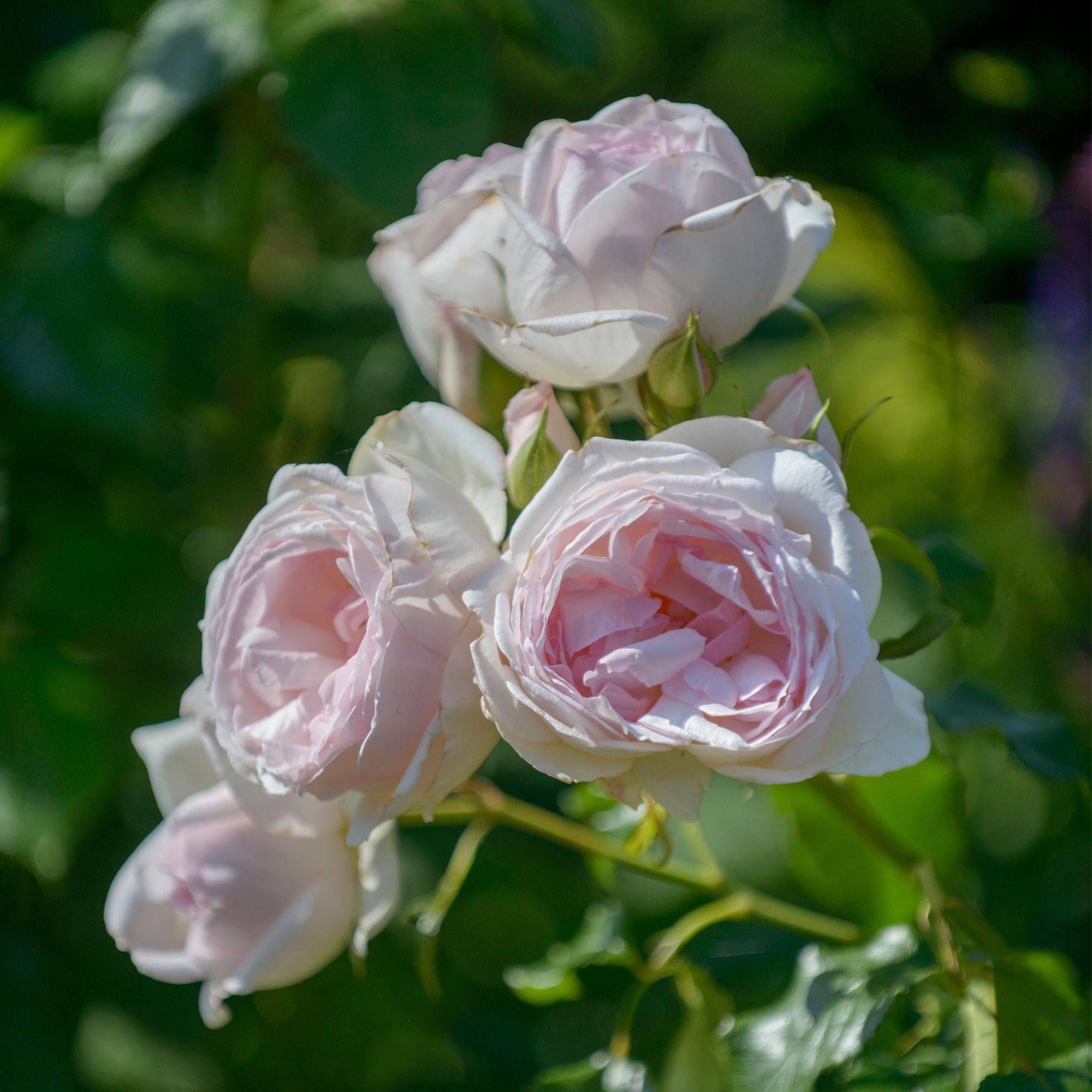
If you've been wondering when to prune roses, late winter is your window to cut them back before new growth begins in spring. But first, you'll need to learn how to prune roses.
Winter pruning involves removing any dead, damaged or diseased branches first, and then focusing on cutting the remaining stems back.
'Prune stems at a 45-degree angle, removing any dead, diseased, or damaged wood,' says Hannah Rowson, assistant garden centre manager at J. Parker's. 'Then, cut back to any outward-facing buds to encourage healthy and open growth.'

Hannah Rowson has been with bulb specialist J.Parker's for over 8 years. RHS qualified, Hannah is a fountain of knowledge for all things gardening and horticulture, and has even had her garden designs displayed at RHS Tatton Flower Show.
2. Autumn-fruiting raspberries

If you're lucky enough to have a fruit bush in your garden, winter is generally the season to prune it.
Most varieties, like autumn-fruiting raspberries, are dormant during the winter months. It's a good idea to cut them back before new shoots appear in the spring.
'Late winter is a great time to cut back on fruit bushes, especially autumn-fruiting raspberries, before new growth begins,' agrees Mark from Audley Villages. 'You can remove all canes that have fruited previously – they will look older and brown – and it’s recommended to shorten the remaining canes to ground level.
'Cutting back in winter gives the harvested stems time to send nutrients back to the roots for the following year.'
In fact, learning how to prune raspberries properly could be the key to a bumper crop next harvest-time.
3. Wisteria
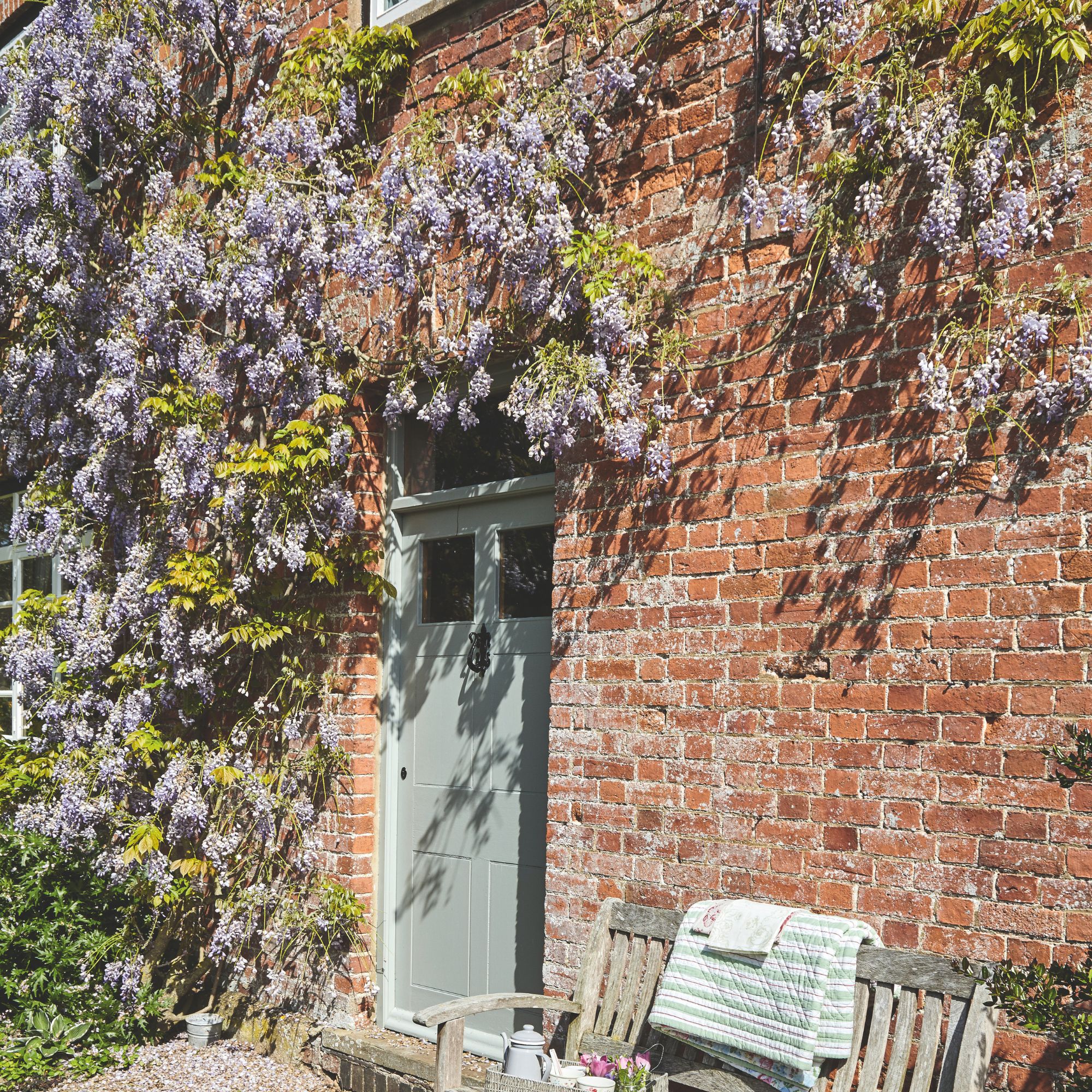
You're probably familiar with pruning wisteria after flowering in the summer, but experts suggest pruning the climber twice a year for the best results – so you can add it to your list of plants you should cut back in winter.
'Pruning your wisteria in midwinter from January to February will help maintain a good shape and encourage more flowers,' says Hannah from J. Parker's. 'Using sharp tools, shorten the long shoots to around two or three buds from the base.'
Cutting back wisteria will not only encourage new flower buds to form in the spring but also control the size and shape of the plant, whether you've learned how to train wisteria on walls, pergolas or a garden arch.
4. Clematis
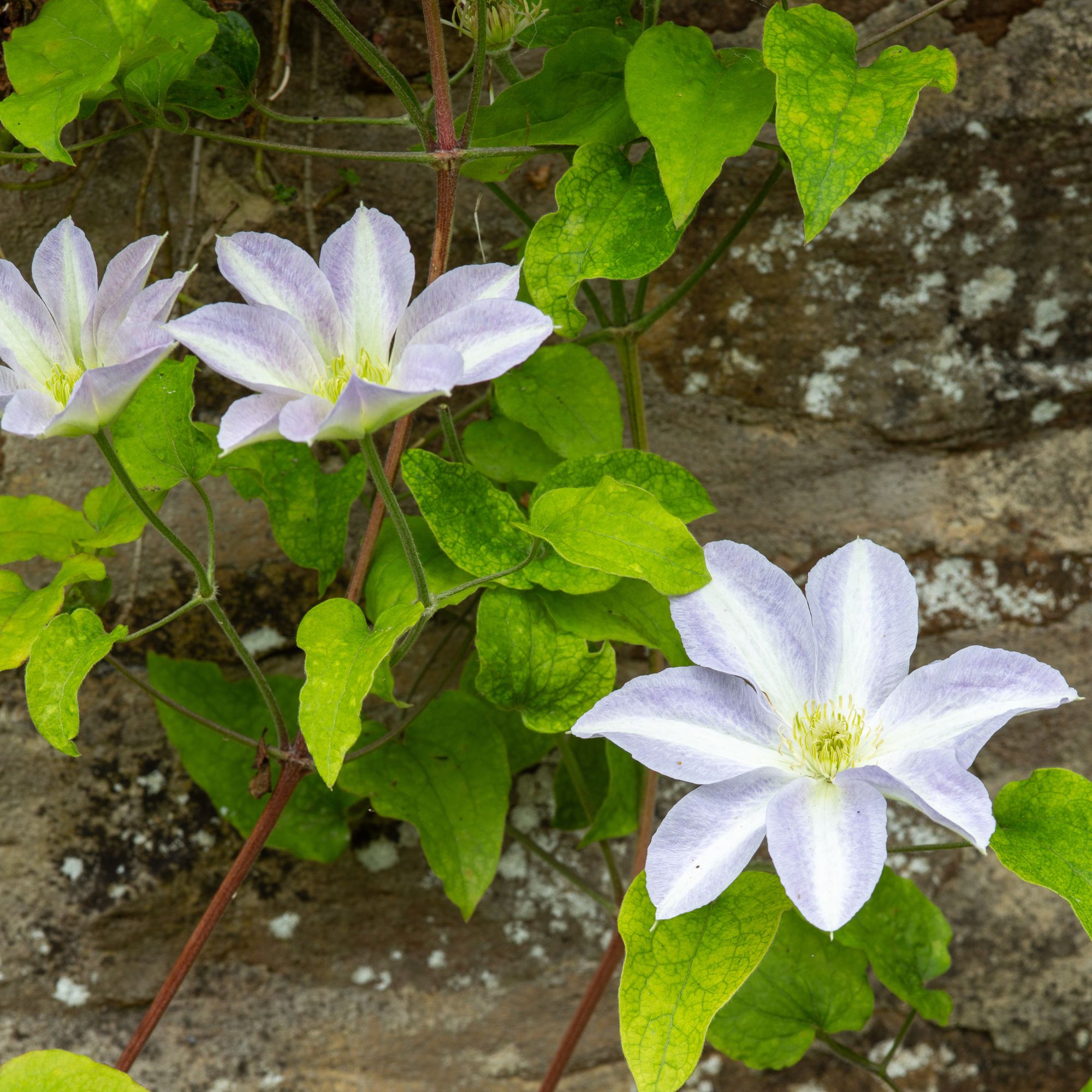
Clematis is another fast-growing climbing plant, but winter pruning will only suit certain types, so check which pruning group your plant is in before you get the secateurs out.
Late-flowering varieties in pruning group 3 are the ones you'll want to cut back in late winter. 'They will flower on this year’s growth, so it’s best to prune them hard in February or March,' says Mark.
Cut the stems back to the pair of buds that are closest to the base. 'If your clematis is late-summer flowering, then cut back stems during the winter so that they sit 30cm above the soil,' Hannah adds.
5. Berberis
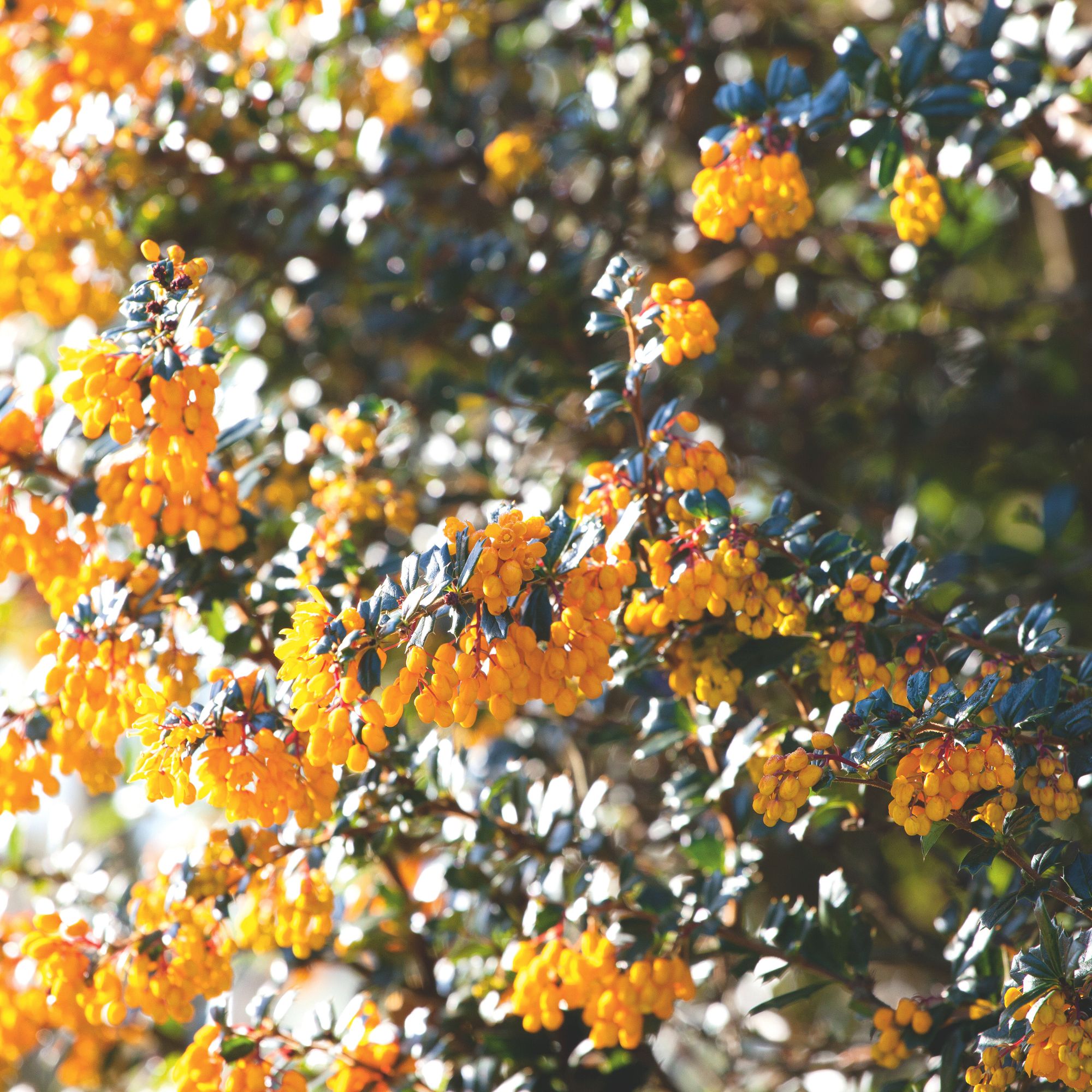
If you've been wondering when to prune berberis, deciduous varieties make our list of the plants you should cut back in winter. That's because deciduous berberis are dormant during the winter months.
Evergreen shrubs generally require lighter pruning, and this can be done after they've finished fruiting in the autumn or winter. Deciduous berberis, however, can undergo a harder pruning to stimulate new growth and control the plant's shape.
'This can be done by removing all dead wood and cutting alternate stems down to the base,' says Mark. If you're aiming to prune more lightly, remove any dead, diseased or damaged wood and thin out overcrowded branches.
Pruning essentials
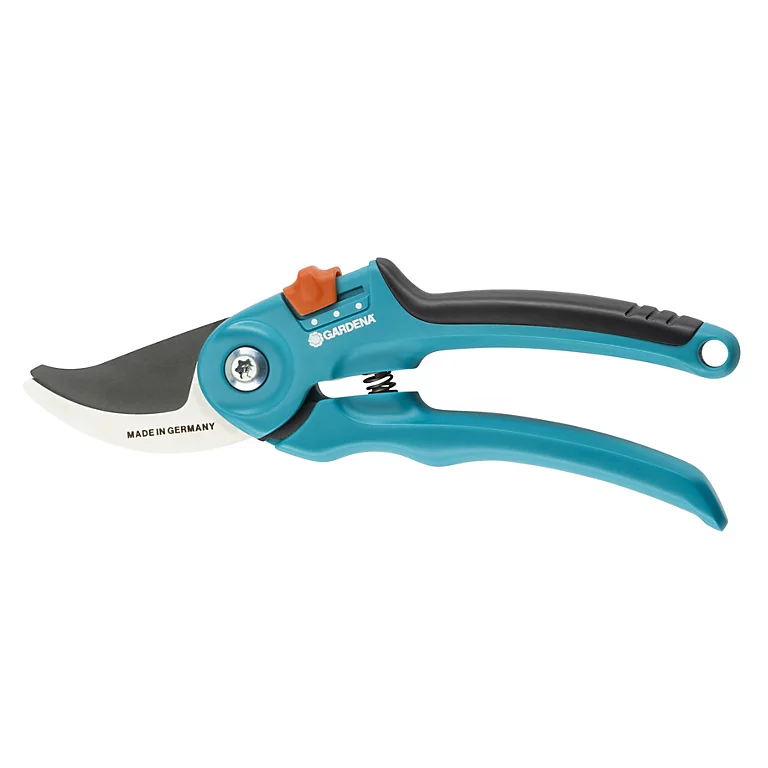

FAQs
Does winter pruning encourage growth?
When done correctly, winter pruning can kickstart new growth the following spring. Removing old, damaged or diseased parts of a plant will redirect its energy towards new shoots and buds, and this applies to a range of plants, from deciduous trees and shrubs to flowers.
Not every plant can be pruned during the winter, though – and sometimes, cutting plants back during this season can cause more harm than good. Plum trees, for example, are more susceptible to silver leaf disease during the winter, which is easily spread through wounds made by pruning.
Is winter the best time to prune?
Winter is the best time to prune some plants – generally those which are dormant during the colder months. Usually, that means deciduous shrubs, trees, and fruit bushes, but it's always best to check the guidelines for the specific variety that you're growing.
Our list of the plants you should cut back in winter is by no means exhaustive – but hopefully, you'll spot a few you can add to your pruning calendar this winter.
Get the Ideal Home Newsletter
Sign up to our newsletter for style and decor inspiration, house makeovers, project advice and more.

Sophie joined the Ideal Home team as Gardens Editor in June 2024. After studying English at Royal Holloway, University of London, she began writing for Grow Your Own, which spurred on her love of gardening. She's tried growing almost every vegetable under the sun, and has a soft spot for roses and dinnerplate dahlias.
As Gardens Editor, Sophie's always on the lookout for the latest garden trend. She loves sharing growing hacks for every space, from herbaceous borders to balconies.
-
 Will a conservatory add value to your home and how can you maximise it?
Will a conservatory add value to your home and how can you maximise it?This is what the pros say
By Amy Reeves
-
 I’ve been looking for a new signature scent for my home and The White Company's new fragrance is the exact summer holiday smell I needed
I’ve been looking for a new signature scent for my home and The White Company's new fragrance is the exact summer holiday smell I neededSantorini smells fresh, summery and sophisticated
By Kezia Reynolds
-
 How to remove algae from garden walls in five steps – and the cleaning product experts rave about for tackling it fast
How to remove algae from garden walls in five steps – and the cleaning product experts rave about for tackling it fastExperts share their top tips for getting garden walls algae-free
By Katie Sims
-
 I’m seeing pastel garden furniture at all my favourite brands this spring, but QVC’s sorbet collection impressed me the most
I’m seeing pastel garden furniture at all my favourite brands this spring, but QVC’s sorbet collection impressed me the mostFresh pastel shades are a great way to liven up your outdoor space
By Kezia Reynolds
-
 I spent the afternoon looking through Wayfair's garden sale – these are the 6 pieces I'm buying immediately for summer
I spent the afternoon looking through Wayfair's garden sale – these are the 6 pieces I'm buying immediately for summerThese are my must-have garden buys from the sale
By Holly Reaney
-
 I’ve found the perfect alternative to John Lewis’ sold-out striped garden chair – and you won’t believe where it's from
I’ve found the perfect alternative to John Lewis’ sold-out striped garden chair – and you won’t believe where it's fromJohn Lewis' Sling Garden Chair is one of the most stylish pieces of garden furniture I'd seen – until I tracked down this QVC lounge chair...
By Kezia Reynolds
-
 Lidl is selling a smart tiered planter that will unlock extra planting space in a tiny garden or balcony
Lidl is selling a smart tiered planter that will unlock extra planting space in a tiny garden or balconyWhy I've been eyeing this planter up for my tiny garden
By Kezia Reynolds
-
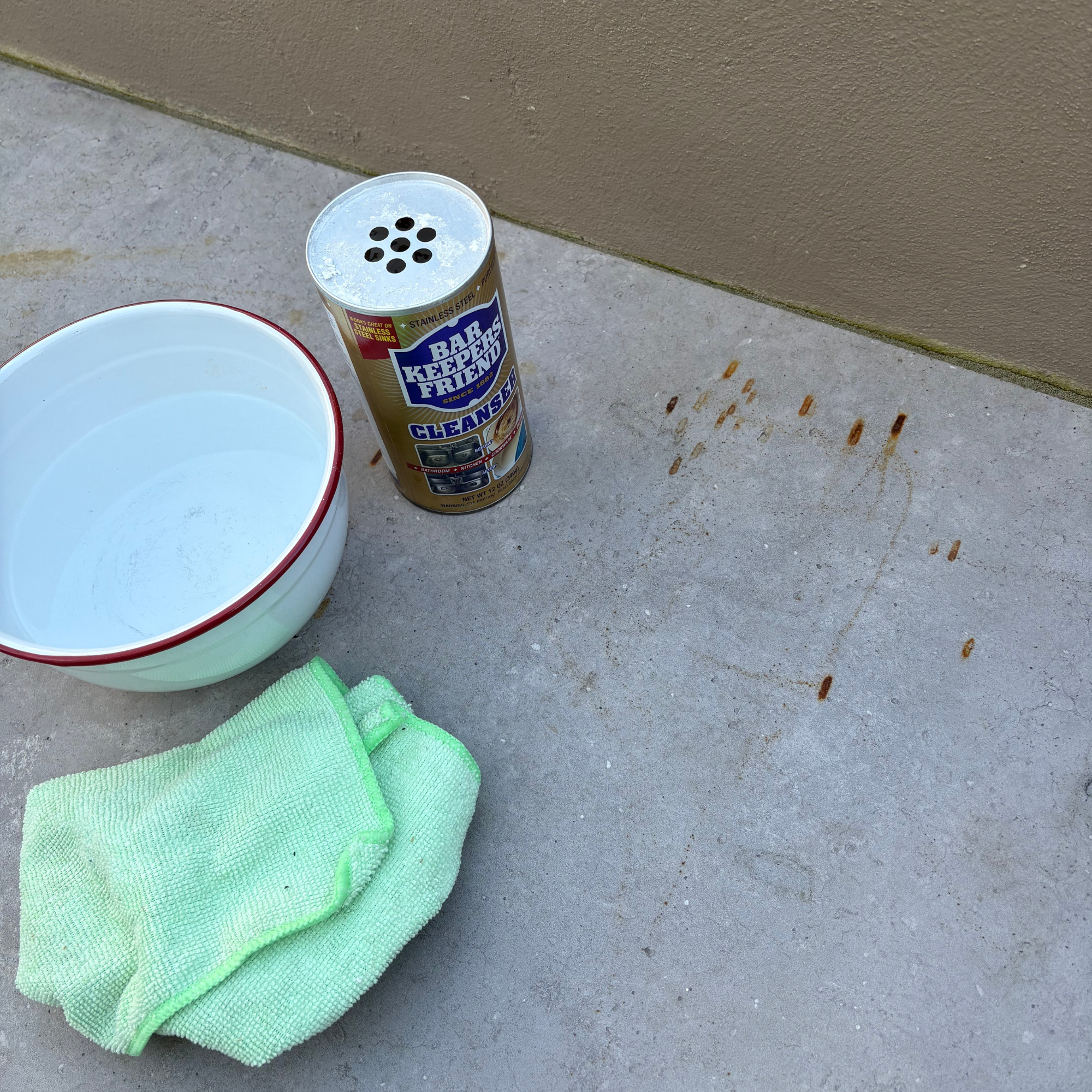 I’ve found the best solution for cleaning stains from a patio - and it’s only £8 on Amazon
I’ve found the best solution for cleaning stains from a patio - and it’s only £8 on AmazonThe stains practically vanish!
By Kezia Reynolds
-
 Lidl’s £15 sun sail is everything you need to create a shady oasis in your garden – and it’s on sale right now
Lidl’s £15 sun sail is everything you need to create a shady oasis in your garden – and it’s on sale right nowWith two stylish colours available, the sun sail will make a chic yet practical addition to any of your garden.
By Kezia Reynolds
-
 B&M has nailed 2025's breakout garden furniture trend - it's one of the most affordable and stylish I've seen
B&M has nailed 2025's breakout garden furniture trend - it's one of the most affordable and stylish I've seenGet the luxe look for less
By Kezia Reynolds
-
 I was shocked to discover a treasure-trove of designer-look garden furniture at La Redoute on sale right now – 6 chic standouts
I was shocked to discover a treasure-trove of designer-look garden furniture at La Redoute on sale right now – 6 chic standoutsGive your garden that high-end look
By Sara Hesikova
